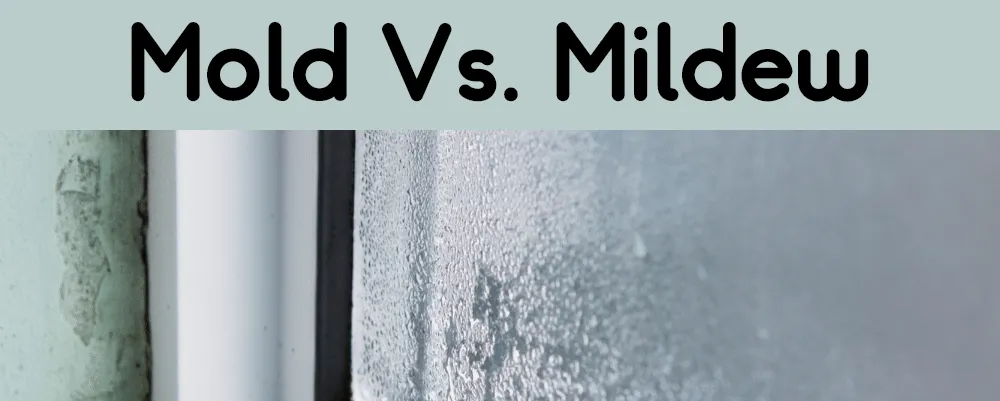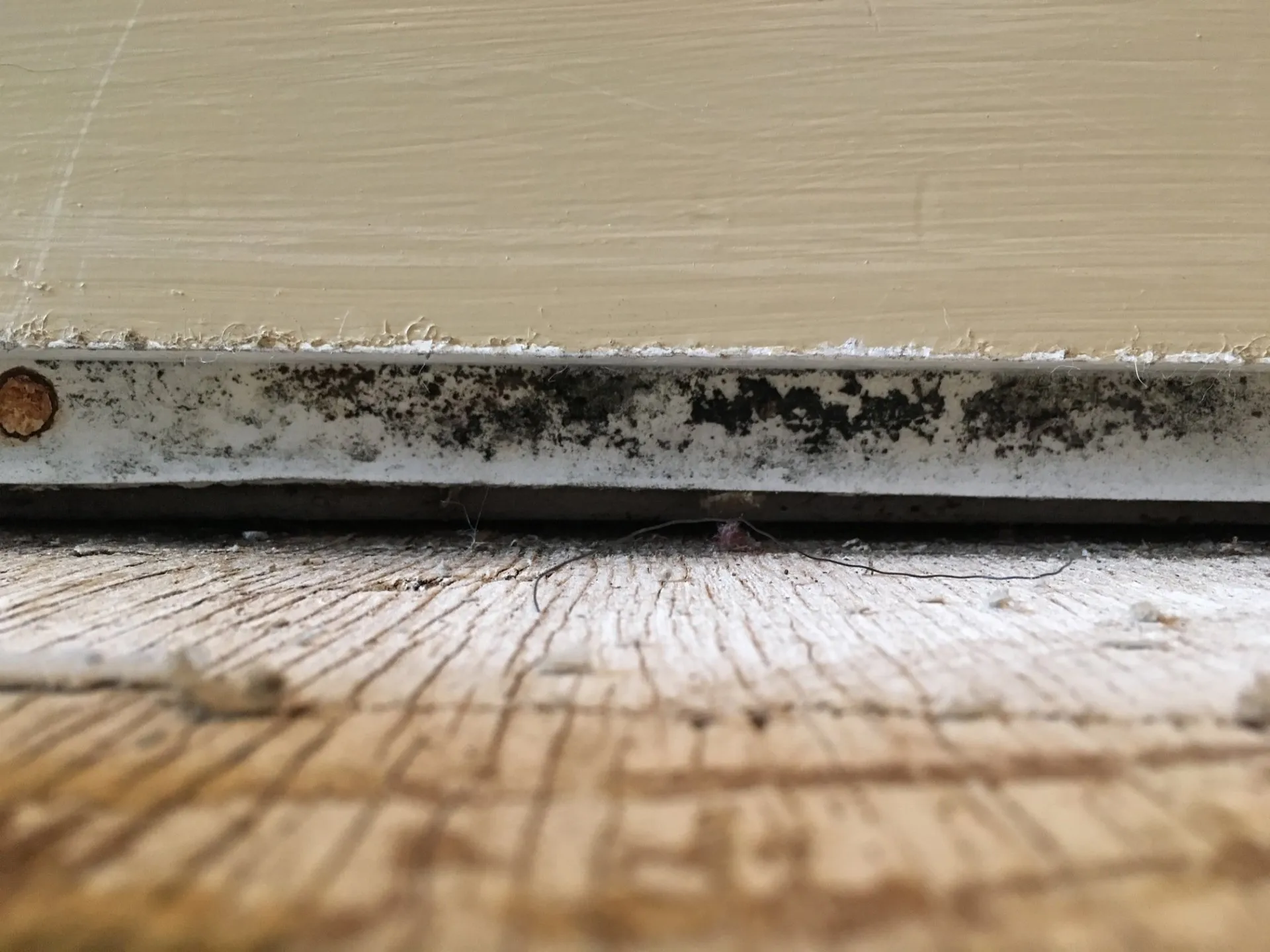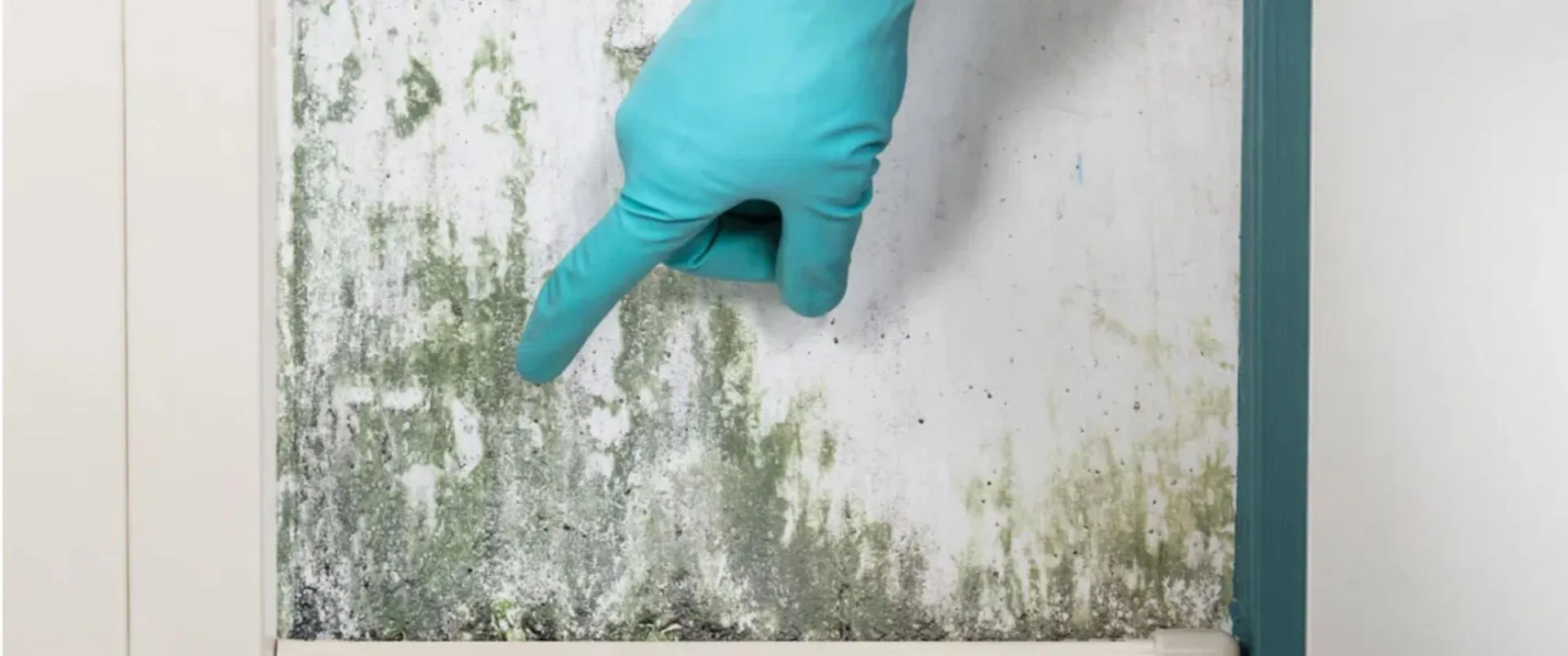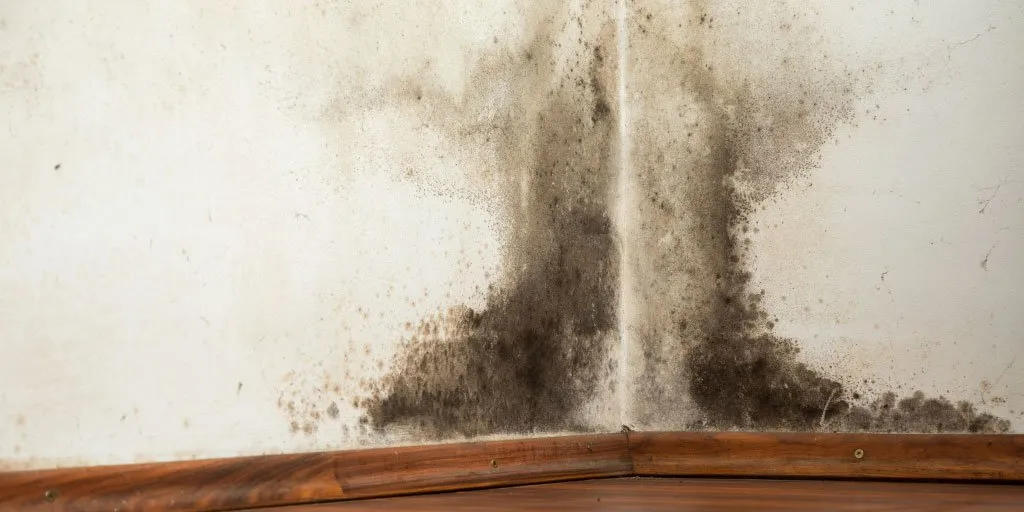
Mold and mildew are often grouped together. Some may even think that they are the same thing. While the way that these two household issues are developed is similar, they are rather different in terms of severity. Many people are unaware of the differences between mold and mildew, often thinking that they are actually one in the same. It’s true that they thrive under the same conditions, but the two are not as similar as they may seem.
Identifying Mold vs. Mildew
The terms mold and mildew are often used interchangeably. However, they are actually different. Mildew is a surface fungus that appears as a patch of gray or white fungus on the surface of a moist area. It can usually be treated with a store-bought cleaner and a scrubbing brush.
On the other hand, mold can appear in many colors, ranging from black to green, and often is a result of a much larger underlying moisture problem. Mold can also appear fuzzy or it can be slimy. Mold is bad for your property’s structure and belonging. It can also cause health issues, such as allergies, wheezing, irritated eyes and skin, headaches, and even lung problems due to compromised indoor air quality.
Mold and Mildew: Which Is Worse?
The truth is, mildew is significantly less troublesome than mold. However, don’t think that mildew can’t cause just as much damage to your home if left untreated for an extended period of time. The two are both in the fungi family, which means that they both thrive in warm, moist conditions. This is why you often see mildew in your bathroom, specifically in your shower. Mold and mildew can both appear as white, powdery substances that have settled on surfaces of the home, and they can both give off musty, unpleasant odors. This isn’t to say that these descriptors are the end-all be-all of mold and mildew identification, just a few things to look out for.
A big visual difference between mold and mildew is that mold can be seen in many different forms and colors, whereas mildew generally appears in one form. Since mildew is usually only found on non-porous surfaces, it is very easy to simply look and determine whether there is mildew or not. Conversely, there is not just one visual indicator of mold.
Reactions To Mold Vs Mildew?
Mold and mildew can also both cause allergic reactions in individuals with fungal sensitivities. These allergic reactions can look like respiratory trouble, as well as irritation to the eyes, nose, throat, and even the skin. Keep in mind, however, that everyone is different, so not everyone will have the same reaction. With so many similarities, it is reasonable that many people use mold and mildew as synonyms for one another. In all actuality, mold is more highly invasive than mildew.
Mildew tends to sit on the surface of non-porous materials, which is why it is often found in your shower. Mold on the other hand penetrates into porous building materials such as wood and drywall, causing much more damage. Mold also develops at a much more rapid pace than mildew, in as little as 24 to 48 hours.
Mold vs. Mildew Smells
Mold has a strong, sharp, noticeable smell that can make you gag. Mildew has more of a musty smell. However, since both mold and mildew develop in a chronically damp environment, mold can also cause a musty odor and, as it spreads, develop into a strong, foul smell.
Different Removal Processes For Mold and Mildew
As previously mentioned, mildew tends to only appear on non-porous surfaces as a powdery white substance. Because it is not as invasive as mold, you can simply wipe it away with a disinfectant wipe or some diluted bleach and carry on with your day. Pretty much any household cleaning product should do the trick. Contrarily, mold takes a lot more than a quick wipe to get rid of it. You should never use bleach when attempting to get rid of mold. The high water content in bleach can actually cause even more mold growth, which is the opposite of what you want. In fact, it is generally recommended that you don’t attempt to get rid of mold on your own at all.
Mold remediation requires professional equipment, containment, and personal protective gear. Attempting this on your own could cause not only cross contamination, but could actually make the mold problem much worse, prompting even more costly repairs. Not to mention the potential health implications that come with a DIY mold remediation attempt. Whether it be mold, mildew, or both, none of it is welcome in your home. If you suspect your home has a mold or moisture issue, contact a professional mold remediation company to assist you.
Keep Your Home Healthy
Both mildew and mold are critical issues that property owners must resolve at once. You might not notice the difference between mold and mildew, which is why you should rely on professional inspection if you suspect the presence of mold in your home or commercial property. Call the experts at Lamunyon Mold for mold inspection, testing, removal, and remediation. Our professional technicians will not only identify mold growth in your home but also implement the appropriate solutions to eliminate mold and mildew once and for all! Schedule a free inspection today.




